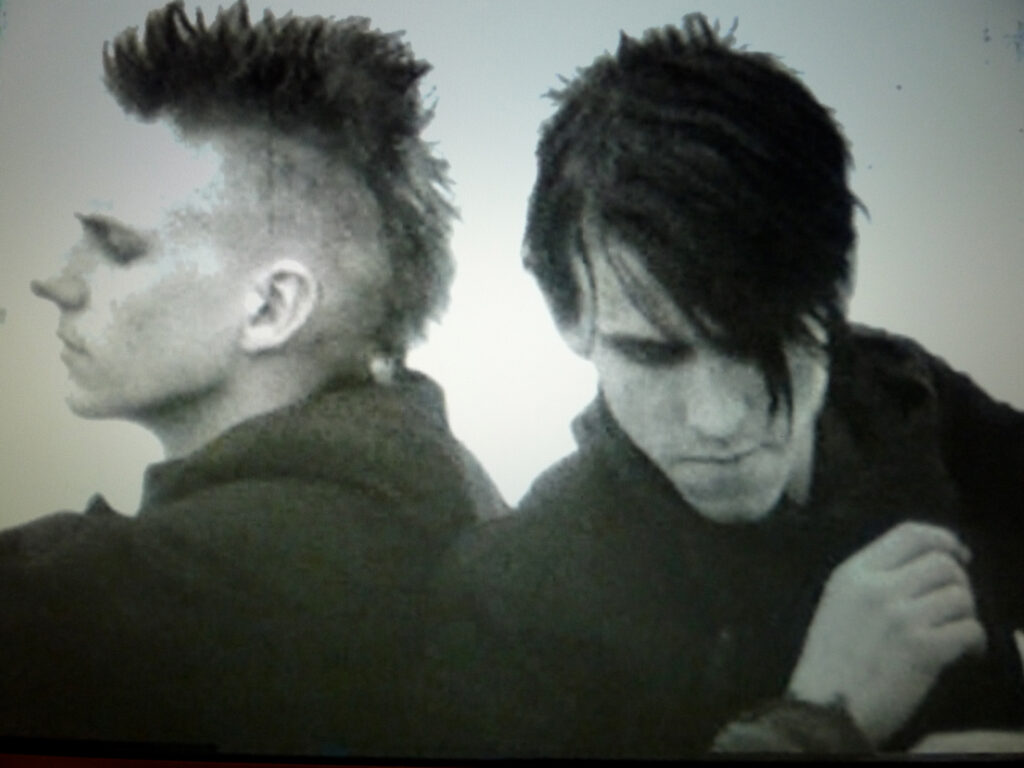Cornelia Schleime
*1953 in Berlin
Das Puttennest

Cornelia Schleime joined a subversive art scene that opposed the doctrine of socialist realism in the GDR already during her studies at the Dresden Academy of Fine Arts (1975-1980). The extremely versatile artist worked as a painter, author, filmmaker, and musician, and founded the punk band Zwitschermaschine, among other things. After being banned from working in 1981, she repeatedly applied for permission to leave the country. In 1984, when the permission was surprisingly granted, Schleime was forced to leave the GDR within 24 hours. Almost her entire oeuvre of paintings was left behind. Only four Super 8 films, shot between 1982 and 1984, could be saved – cinematic documents that are even more important since they contain numerous motifs of the lost paintings of her early work.
In 1984, Schleime shot the film Das Puttennest in Sanssouci near Potsdam, at the Baltic Sea, and a flooded gravel-pit near Erfurt. Accompanied by the slowed-down Satie work, Gymnopédie No. 1, the partially mottled, slightly damaged Super 8 footage underlines the film’s melancholic mood. It shows a garden in the vicinity of Sanssouci Palace, filled with partially smashed putti and other stone statues. They have served their purpose as architectural ornaments. Two young men, all dressed in black and with their spiky hair and combat boots identifiable as punks, are walking along the beach by the Baltic Sea; or they are sitting by a flooded gravel-pit amid a ragged and exploited industrial landscape. The slow, long shots as well as the repetition of the scenes convey a sense of deceptive calm. The mood is both poetic and disturbing. A faceless, anonymous blonde woman is shown in short takes. The two male protagonists look lost, they do not talk to one another. Various drawings and paintings of women’s heads and bodies appear like dream sequences. The filmic narrative culminates abruptly in a murder, executed twice, once with a broken picture frame and once with a guitar case – a sudden outburst of violence that may also be read as a rebellion against the repressive measures of an ailing state.

